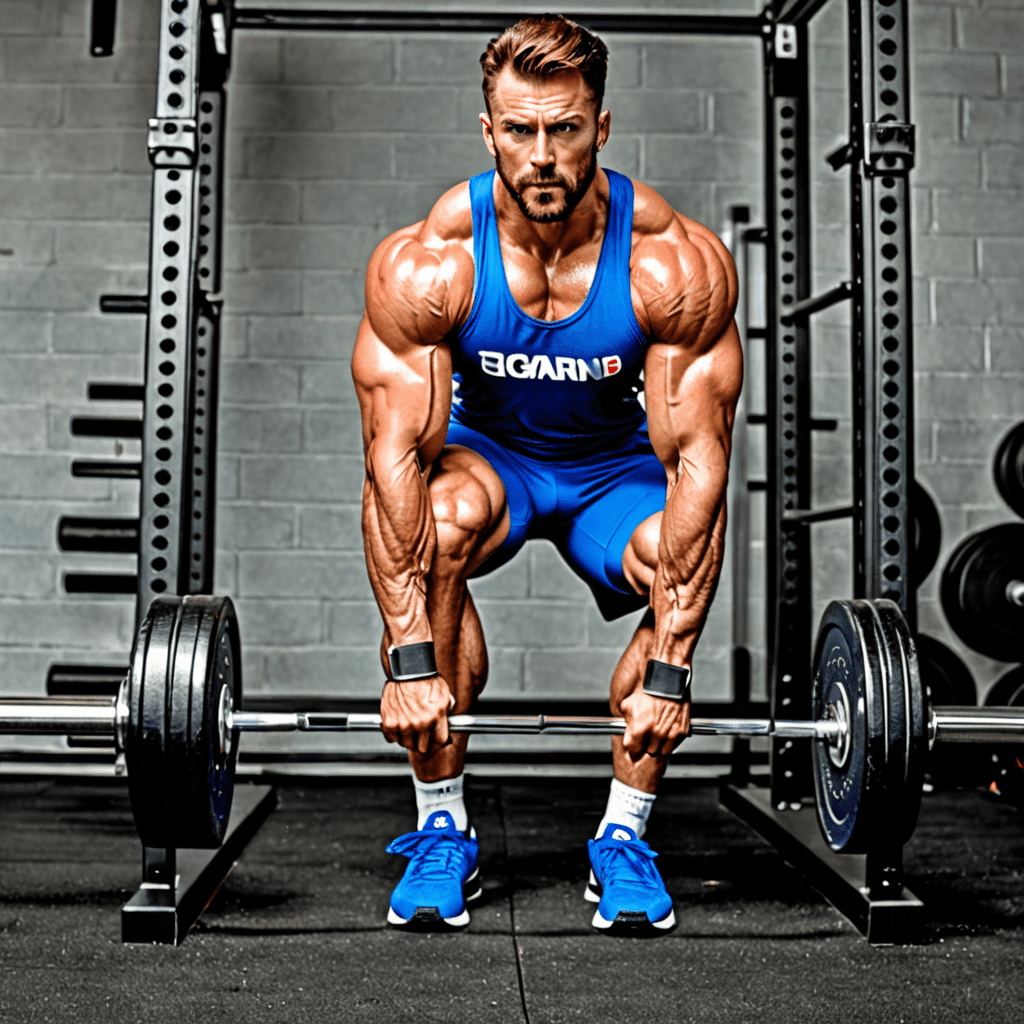
1. Introduction
Good posture is a crucial aspect of cycling, impacting comfort, efficiency, and power output. For cyclists, maintaining proper posture allows for more effective pedaling, reducing strain on muscles and joints, and ultimately enhancing overall performance. By optimizing their posture, cyclists can experience a more enjoyable and rewarding ride.
2. Understanding Cycling Posture
Proper cycling posture involves maintaining a neutral spine, with the shoulders relaxed and the core engaged. The elbows should be slightly bent, and the hands should have a light grip on the handlebars. The knees should be aligned over the pedals, and the heels should be slightly lower than the toes. This position allows for optimal power transfer and reduces the risk of injury.
Different bike setups can significantly impact posture. Saddle height, handlebar position, and cleat placement all play a crucial role in maintaining proper form. A correctly adjusted bike allows the cyclist to maintain a comfortable and efficient position while riding.
3. Common Posture Mistakes
Many common posture mistakes can hinder a cyclist's performance and comfort. These include:
- Rounding the shoulders: This can lead to neck and shoulder pain and reduced power output.
- Swaying the back: This can cause lower back pain and instability.
- Overextending the knees: This can strain the knee joints and increase the risk of injury.
- Gripping the handlebars too tightly: This can lead to arm fatigue and tension in the upper body.
4. Assessing Your Posture
Self-assessment can help cyclists identify potential posture issues. Observing oneself in a mirror while riding or enlisting the help of a friend or coach can provide valuable insights. Additionally, professional bike fitting can offer a more accurate assessment of posture and bike setup.
5. Improving Core Strength and Flexibility
Core strength and flexibility are essential for maintaining good cycling posture. Core exercises like planks, crunches, and side planks can help strengthen the muscles that support the spine. Flexibility exercises, such as yoga or stretching, can improve range of motion and reduce muscle tightness.
6. Bike Fit Adjustments
Fine-tuning your bike setup can significantly improve your posture. Here are key adjustments to consider:
Saddle Height: Your saddle should be at a height where your leg is almost fully extended at the bottom of the pedal stroke. When your heel is on the pedal, your knee should have a slight bend.
Handlebar Position: The handlebar position should allow for a comfortable reach without overextending your arms. Adjust the height and reach of the handlebars to find a position that promotes an upright posture with relaxed shoulders.
Cleat Placement: Cleat placement on your cycling shoes affects foot position and leg alignment. Ideally, the ball of your foot should be directly over the pedal spindle, ensuring efficient power transfer and reducing strain on your knees.
7. Maintaining Good Posture While Riding
Conscious effort is crucial for maintaining proper posture throughout your ride:
- Engage Your Core: Actively engage your core muscles to maintain a stable and upright position.
- Relax Your Shoulders: Avoid hunching or tensing your shoulders. Keep them relaxed and down.
- Mind Your Elbows: Maintain a slight bend in your elbows to absorb shock and prevent fatigue.
- Check Your Alignment: Regularly check your body alignment, ensuring your knees are tracking over the pedals and your back is straight.
8. Additional Considerations
Beyond posture, other factors contribute to a comfortable and efficient cycling experience:
Bike Maintenance: Regular bike maintenance ensures smooth operation and prevents discomfort or injuries. Check tire pressure, lubrication, and brake adjustments before each ride.
Hydration and Nutrition: Proper hydration and nutrition are crucial for maintaining energy levels and focus during rides. Aim to stay hydrated with water or electrolyte-rich drinks and fuel your body with energy-boosting snacks or meals.
9. Benefits of Improved Posture
The benefits of improved cycling posture are numerous:
Increased Comfort: Proper posture reduces muscle strain and discomfort, allowing you to ride for longer and enjoy the experience more.
Enhanced Efficiency: Improved posture optimizes power transfer and reduces energy waste, leading to more efficient pedaling and improved performance.
Increased Power Output: A well-aligned posture maximizes leverage and allows you to generate more power with each pedal stroke.
Reduced Risk of Injury: Maintaining good posture reduces stress on joints and muscles, minimizing the risk of overuse injuries.
10. Conclusion
Good posture is a vital component of effective and enjoyable cycling. By understanding proper posture principles, assessing your form, and implementing adjustments, cyclists can optimize their comfort, efficiency, and power output on the bike. By prioritizing good posture, cyclists can unlock a more fulfilling and rewarding cycling experience.
FAQ
Can I improve my posture without a professional bike fitting?
While a professional bike fitting offers the most precise assessment and adjustments, you can improve your posture through self-assessment, targeted exercises, and bike setup modifications based on general guidelines. However, a professional fitting can provide a more personalized and optimized solution.
How often should I adjust my bike setup?
It's recommended to adjust your bike setup periodically, especially as your fitness level or flexibility changes. Regularly checking and fine-tuning your saddle height, handlebar position, and cleat placement ensures continued optimal posture and comfort.
How long does it take to see improvements in my posture?
The time it takes to see improvements in your posture varies depending on individual factors like flexibility and consistency with exercises and adjustments. However, with dedicated effort, you can expect to notice positive changes in your posture within a few weeks to a few months.


